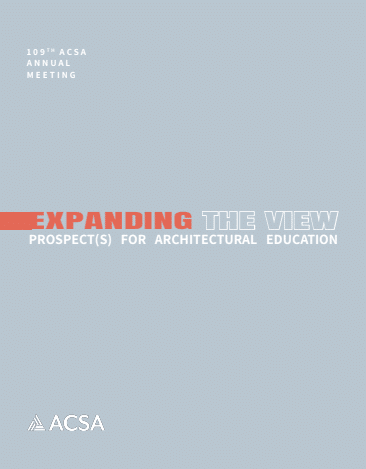Author(s): Carl Fiocchi & Robert Williams
University-based design-build programs have greatly expanded over the past two decades.1 While there are diverse pedagogical motivations, most center on design-build as an opportunity to expose architectural students to construction and to help them “realize what is involved in taking architecture from a drawing to a building.”2 With the ever-increasing reliance on digital tools and the related dissociation between the tools of architectural production and the physical act of building, construction experience becomes even more critical in contemporary architectural education. The converse is also true. If there is educational value in exposing architecture students to construction, then there is complementary value in exposing construction management students to the design process. This is an underappreciated opportunity within the pedagogical discourse on university-based design-build programs. Design-build, properly conceived, can be a model for interdisciplinary collaboration—between architects, builders, construction managers, and building science experts—that prepares students for future leadership in professional practice.
https://doi.org/10.35483/ACSA.AM.109.70
Volume Editors
ISBN
978-1-944214-37-1

 Study Architecture
Study Architecture  ProPEL
ProPEL 
